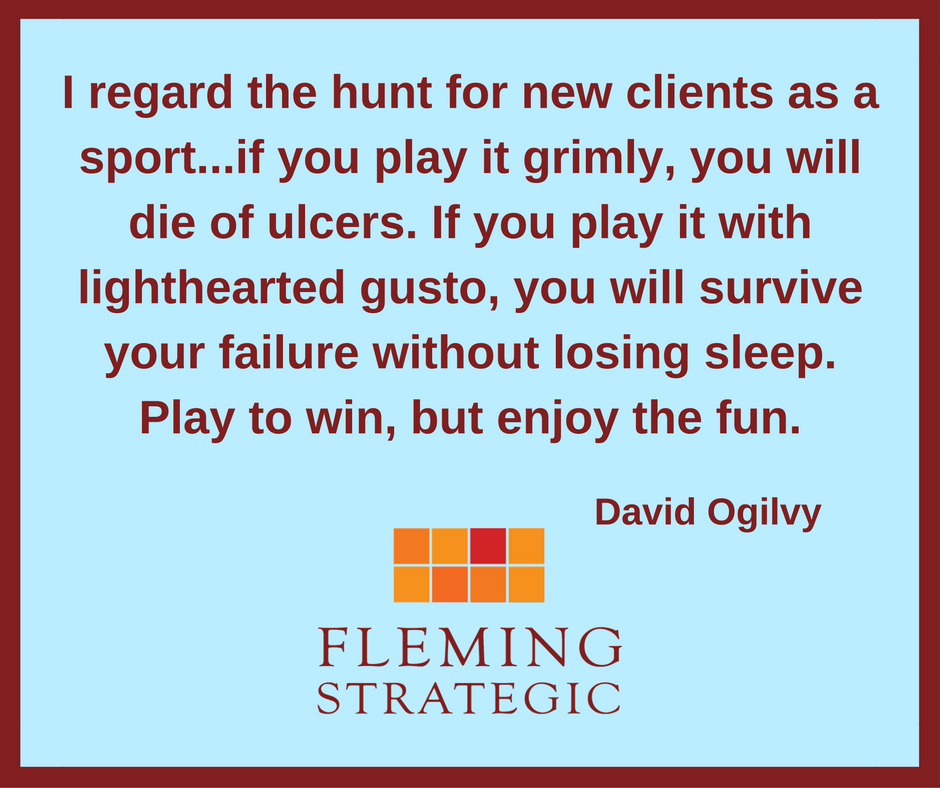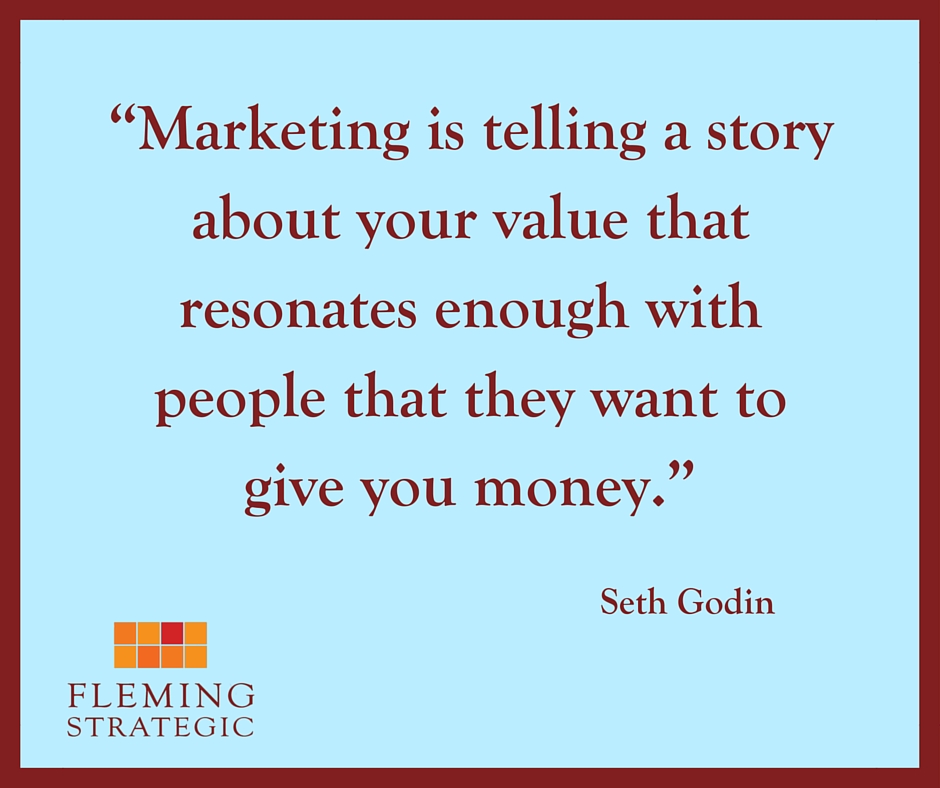Get more referrals!
Think about the last three referrals you received. Were they good referrals? Did you receive them recently? Are they part of a regular flow of referrals that you receive?
If the answer to any of these questions is no (or if you couldn’t think of three referrals you’ve received), it’s time to pay attention. An “all referral” business is a dream for many professionals, but only a few succeed in reaching that goal. Many get referrals here and there and have to weed through a number of bad fits to find a few good referrals, and even more suffer the pain of hearing about what would have been a great referral, had your contact only thought of you.
I recently ran across the blog post 5 Marketing Tips to Build a Referral Based Business, and if you aren’t thrilled with the referrals you’ve receiving, you must go read it now. Even though this post is not directed to lawyers, the principles are the same
A 6th tip I would add (and in fact would argue is critical): add value whenever you can for clients and contacts alike. When you add value, you become more memorable, perhaps generate a “wow” reaction, and build relationships. You may possibly tap into the law of reciprocity, which holds that when someone does something nice for us, we seek to return that favor.
What will you change to increase the likelihood of getting a frequent stream of good referrals?



